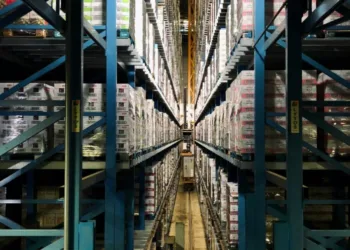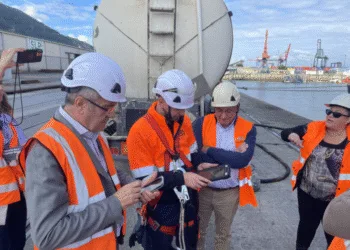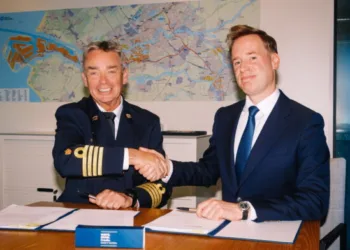Insights from Dali’s Voyage Data Recorder on Baltimore Bridge Collision: NTSB Findings
The US National Transportation Safety Board (NTSB) has disclosed findings from Dali’s Voyage Data Recorder (VDR), shedding light on the moments leading up to the contact with the Francis Scott Key Bridge. NTSB Chair Jennifer Homendy emphasized the limitations of the VDR compared to an aircraft’s black box recorder, stressing the need for enhanced data recording in ship systems.
NTSB’s analysis of the VDR timeline revealed crucial events:
- By 01:07, the ship entered the channel.
- At 01:24, the ship was underway at approximately 8 knots.
- At 01:24:59, audible alarms were recorded on bridge audio, followed by a cessation of VDR sensor data recording.
- At 01:26:02, VDR resumed recording sensor data, capturing steering commands and rudder inputs.
- At 01:26:39, the ship’s pilot requested assistance from nearby tugs.
- At 01:27:04, the pilot ordered dropping the port anchor amidst additional steering commands.
- At 01:26:25, a VHF radio call warned of the ship’s loss of power and approach towards the bridge.
- At 01:29, the ship’s speed was recorded at just under 7 knots.
- At 01:29:33, sounds consistent with a bridge collision were recorded.
- At 01:29:39, the pilot reported the bridge collision to the USCG via VHF.
Additionally, it was revealed that the vessel carried 56 containers of hazardous materials, including flammables, corrosives, and lithium-ion batteries, totaling 764 tonnes of cargo. Some containers, including those without hazardous contents, were breached and in the water.
Homendy cautioned that while the VDR data indicated a power outage, it did not definitively confirm it.
The NTSB’s briefing underscores the importance of comprehensive data collection and analysis to understand maritime incidents fully.




















